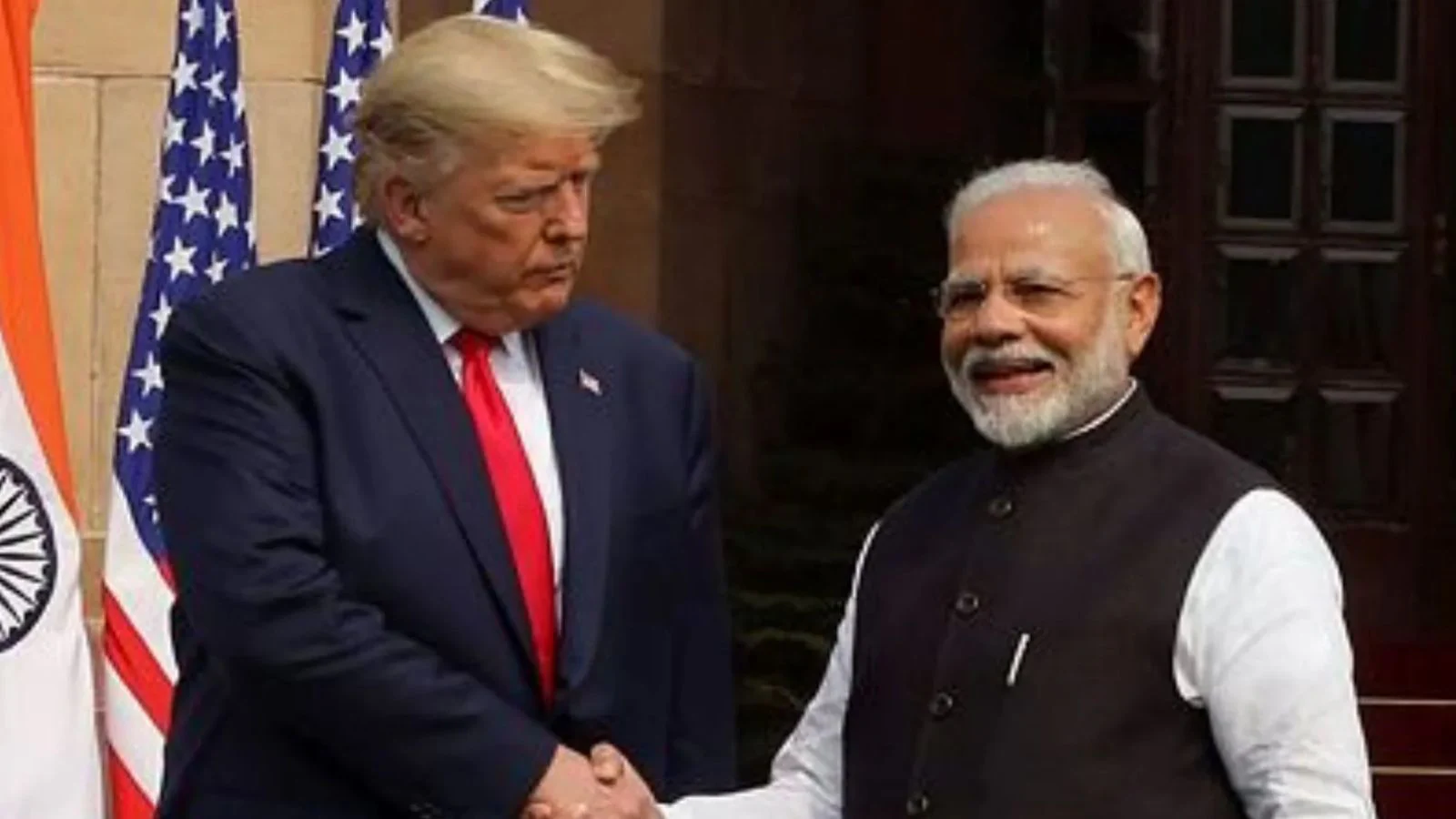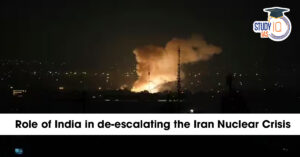Table of Contents
According to recent news from late March and April 2025, an American company, Holtec International, obtained regulatory approval from the U.S. Department of Energy to share technology for small modular nuclear reactors (SMRs) with India.
U.S. Firm Holtec International Gets Clearance to Build N-Reactors in India
The U.S. Department of Energy (DoE) has issued regulatory approval to Holtec International, an American company, to license its Small Modular Reactor (SMR) technology to India. The approval, which came on March 26, 2025, under the U.S. regulation 10CFR810, enables Holtec to partner with Indian organisations—Holtec Asia (its regional affiliate), Larsen & Toubro Ltd, and Tata Consulting Engineers Ltd—to design and build nuclear reactors jointly in India.
This approval allows Holtec to collaborate with three Indian private entities:
- Holtec Asia (its regional subsidiary)
- Larsen & Toubro Ltd
- Tata Consulting Engineers Ltd
The clearance is a major milestone for the Indo-U.S. civil nuclear deal, which was in limbo for almost two decades. It allows the U.S. company to participate in the design and construction of nuclear reactors in India, which was prohibited earlier.
| U.S. Regulation 10CFR810 |
| U.S. Regulation 10 CFR Part 810 is a U.S. Department of Energy (DOE) regulation that establishes rules governing the provision of assistance to foreign atomic energy activities. It enacts Section 57 b.(2) of the Atomic Energy Act of 1954, as amended.
Purpose To sanction the transfer of unclassified nuclear technology and assistance to foreign atomic energy activities, within the United States and abroad, provided such activities are not contrary to the interests of the United States and are used for peaceful purposes under International Atomic Energy Agency (IAEA) safeguards. Scope It covers technology transfers and assistance related to:
|
Key Details about Nuclear Deal Breakthrough
- Technology Transfer: The approval allows the sharing of unclassified SMR technology, namely Holtec’s SMR-300 design, a 300-megawatt electric pressurized light-water reactor.
- Partnerships: Holtec will collaborate with its Indian subsidiary company, Holtec Asia, and Larsen & Toubro Ltd and Tata Consulting Engineers Ltd, to enable the technology transfer and reactor build.
- Regulatory Conditions: The licence is effective for 10 years and will be reviewed every five years. One of the prominent conditions is that the dual-designed and dual-manufactured nuclear power facilities are not to be sold, leased, assigned, or otherwise transferred to any other person or end-user within India or elsewhere outside the United States, without the advance written permission of the U.S. government.
Limitations
But here is something important to note:
- The approval is subject to strict U.S. regulations and is for 10 years, with every five years reviewed.
- The transfer of technology is restricted to “unclassified small modular reactor (SMR) technology.”
- The technology and information will be used only for peaceful nuclear purposes under International Atomic Energy Agency (IAEA) safeguards and may not be utilised for any military end.
- Technology transferred cannot be passed on to any other Indian or foreign entity without initial American approval.
- Clearance for the collaboration of Holtec with Indian state-owned organisations such as the Nuclear Power Corporation of India Limited (NPCIL) and NTPC Ltd is pending more approvals from the Indian government.
Regulatory And Legal Hurdles
- Despite this advancement, India continues to have legal issues attracting foreign investment in its nuclear industry.
- The Civil Liability for Nuclear Damage Act, 2010, which makes equipment suppliers liable if there is a nuclear accident, has kept investors like GE-Hitachi and Westinghouse away from investing in India.
- Secondly, there are necessary amendments to be made in the Atomic Energy Act, 1962, to enable private companies to run nuclear facilities—a segment which is so far available only to state-owned companies.
| Civil Liability for Nuclear Damage Act, 2010 |
|
Significance of Indo-U.S. Civil Nuclear Cooperation
This is a landmark achievement in Indo-U.S. civil nuclear cooperation, almost two decades since the first agreement was signed. It provides a gateway for increased cooperation in nuclear energy between the two countries, possibly helping India achieve its ambition of doubling its nuclear power capacity to 100 gigawatts by 2047.
- Progress of India-US 123 Agreement (2008): The 123 Agreement pertains to collaboration on peaceful uses of nuclear energy.
- Private Sector Participation Enhancement: Stimulates private actors to develop SMRs, enhancing India’s nuclear establishment.
- India’s Nuclear Competence Augmentation: Facilitates localisation of SMR production and enhances India’s position in the international SMR market.
The partnership also falls in line with India’s overall bid to attract foreign investment into its nuclear industry, such as proposed changes to its Civil Nuclear Liability Damage Act to limit accident-related liabilities for suppliers of nuclear equipment. This strategic alliance is likely to enhance India’s energy security and facilitate its pledge to cut carbon emissions by embracing clean nuclear power.
| Small Modular Reactor (SMR) |
| A Small Modular Reactor (SMR) is a new-generation nuclear reactor intended to be smaller, more versatile, and even safer and cheaper than existing large-scale reactors.
Features
Advantages
|
Future Prospects
India is eager to position itself within the international supply chain of SMR, as part of its transition to clean energy and for it to be a strategic foreign policy initiative. Small Modular Reactors (of sizes between 30MWe and 300MWe per unit) are becoming more applicable, particularly with increasing energy needs from technology firms.
Holtec’s SMR-300 design is one of the seven US Department of Energy-supported advanced reactor projects. Holtec in 2020 received $116 million to hasten SMR development, and its design is being reviewed in the U.K. and Canada. The approval paves the way for India’s nuclear energy industry to be revolutionized, allowing for private sector entry, increased technological capabilities, and greater U.S.-India cooperation in clean energy.


 Iran Nuclear Crisis and India’s Role f...
Iran Nuclear Crisis and India’s Role f...
 H1B Visa Program, Beneficiaries, Eligibi...
H1B Visa Program, Beneficiaries, Eligibi...
 Comparison Between India & France's ...
Comparison Between India & France's ...

























